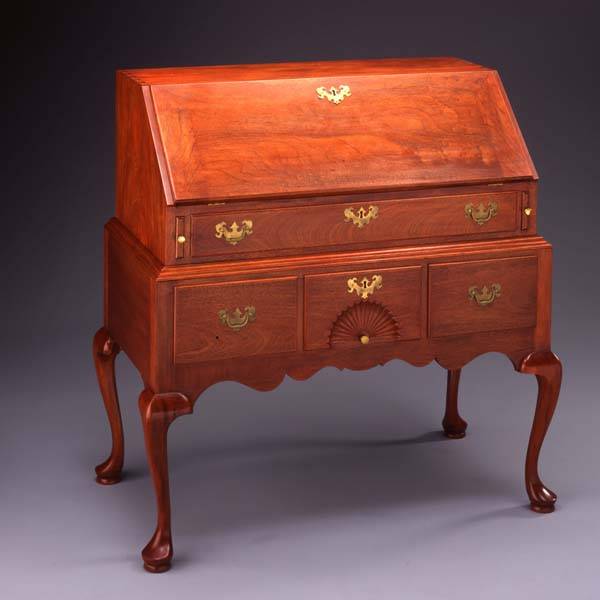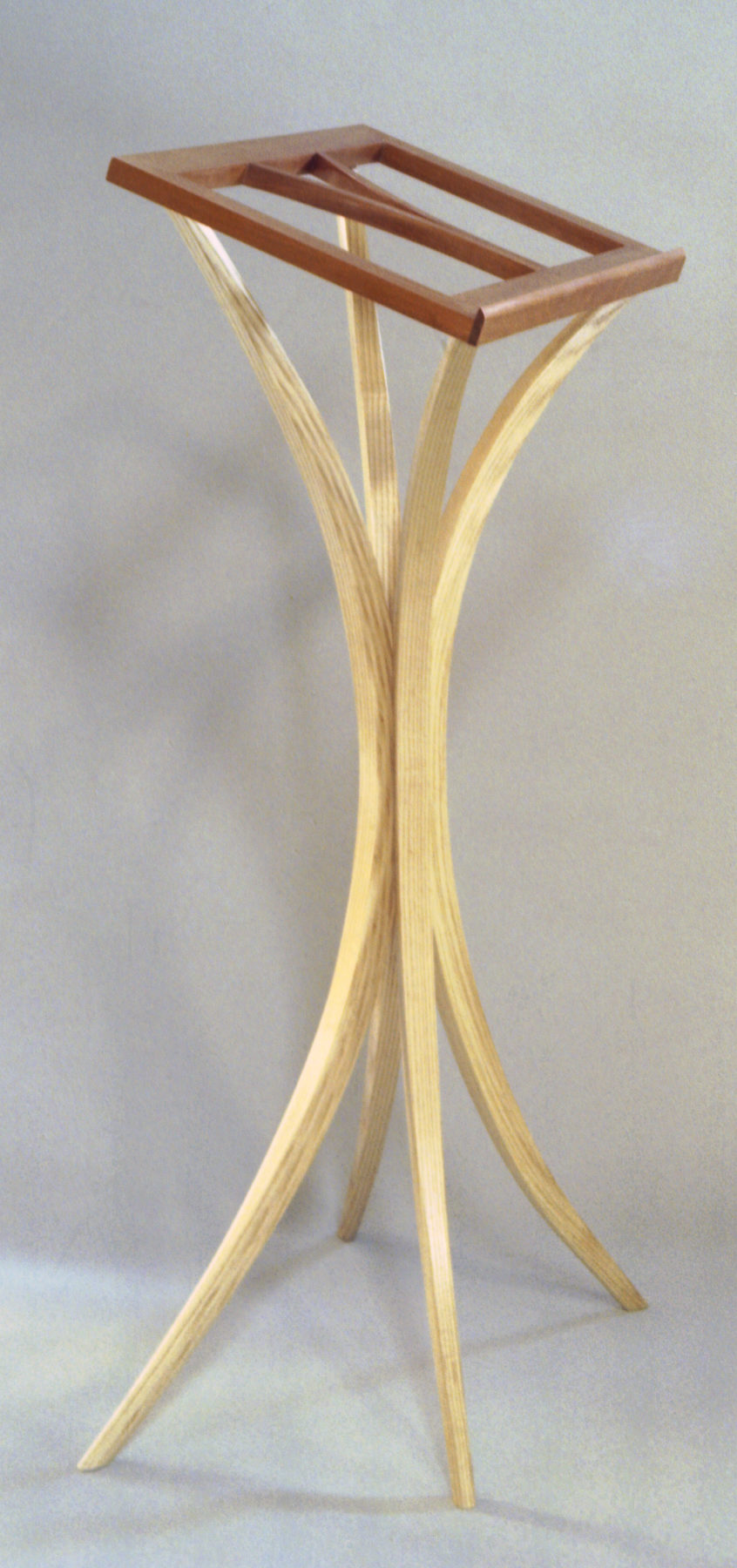Commissioning a piece of furniture should be a pleasurable experience, filled with new insights into design, concept and making. Most of the commission process follows a three part path.

Many clients are unfamiliar with the process of commissioning a piece of furniture. You may not know exactly what you want, but there is something that is drawing you to a custom piece, and that something is our starting point. Every piece is a conversation in materials and design.
We talk. We look at photos of what you like and don’t like. We look at books and examples. We explore materials and finishes, and develop ideas. I sketch and you respond. In the end, it is a collaboration. The pieces that I craft are better as a result.
It is immensely gratifying to see a new work enrich the lives of others.
The Process
First, the ideas
I like to visit the spaces inhabited by my clients whenever possible, in order to develop a feeling for their lives and the settings in which the furniture will live. We talk about the clients ideas, needs and desires, about the budget, the constraints, and the space. Usually the client will have an idea about style, but occasionally there are no guidelines. I return to the shop and develop the conversation into rough sketches and ideas that might work. I refine them to some extent, but I try to leave as many major groupings as I can for the client to react to. By the end of this step, we have a direction, understand materials to be used, have clarified the fees involved, and a written agreement with a timeline.
Second, the detailing
This part of the process is where the myriad tradeoffs take place, and the detail of the project developed into actionable plans. Quite frequently I will make mock-ups and try different approaches. Sometimes surprising results will emerge, which neither I nor the client identified as possibilities earlier. At the end of this stage, the plans for the piece are completely developed, the costs known and the timeline formalized.
Third, the making:
After receiving a deposit for the work, the piece is scheduled and a completion time is agreed upon. I select the materials, develop the jigs and fixtures needed, prepare the work, and execute the plan in the workshop. The highest skills are applied to the work, turning the vision of the idea into the reality of the piece.
Clients are encouraged to visit the workshop to view the progress. And always to contact me by phone or email to discuss ideas, thoughts and insights.
